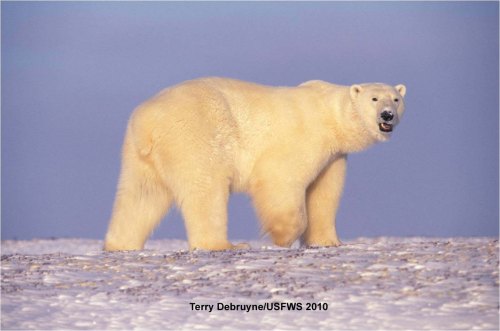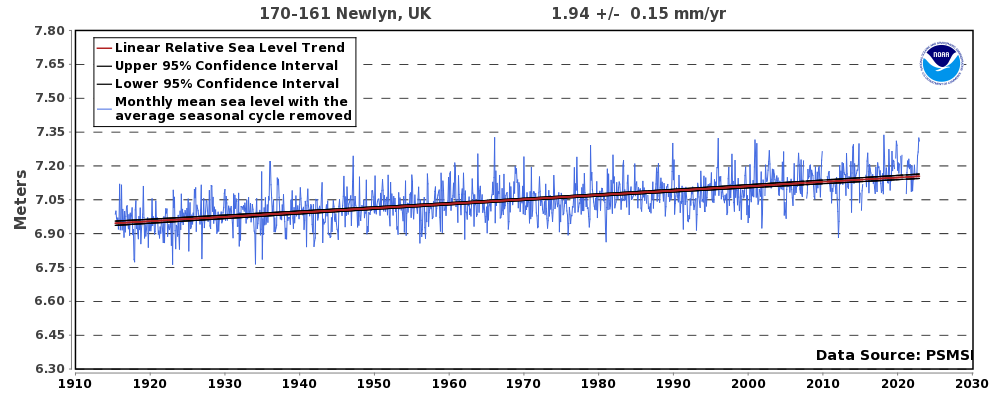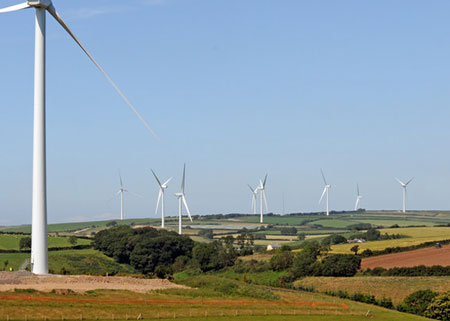A man from Arctic Village (Alaska), out checking his trap-line, killed a polar bear at his cabin when it came after him: only odd things were it was the first week of January and the cabin was more than 100 miles south of the Beaufort Sea coast.

Winter is hard for polar bears, as I've mentioned before: it's cold, dark, and hard to find seals. Most bears are at their lightest weight at the end of winter (March). Looking for food in the dead of winter, the bears can be very destructive as well as dangerous. See previous posts here, here, here, and here.
The map below shows how far south Arctic Village is from the Beaufort coast. This hunter is lucky he had his wits about him and his gun handy, because he came awfully close to being a polar bear's dinner.

Here's an excerpt of the story (my bold): "Polar bear encounter reported in Arctic Village, many miles south of normal range" (KTOO, Ravenna Koenig, 15 January 2019):
A man in Arctic Village reports that in early January he encountered and shot a polar bear. That may be an unprecedented event in Arctic Village, which is over a hundred miles south of the Beaufort Sea coastline, far outside polar bears' normal range.
Jim Hollandsworth has lived in Arctic Village for about 30 years. He said he has never seen a polar bear before now. Neither have any of the elders he's spoken to.
"One of the elders had heard about polar bears before, maybe, but no one's ever actually seen one," Hollandsworth said.
He reported that he went to check a trapline about a week and a half ago [sjc – about Jan 4-5] and immediately saw evidence of the bear when he arrived at his camp, which is about 20 miles from town by trail.
"Tore up one of the snowmachines, flipped it completely over," said Hollandsworth, describing the damage. "Destroyed everything all around it, um, kinda marking its spot."
Hollandsworth didn't see the bear itself until the next morning, when he stepped outside to put gas in the generator.
"My dog barked, and the bear was on my back, right behind me. And I jumped back inside, grabbed my rifle," said Hollandsworth. "By time I got turned around, it was heading for the door, the open door. Wanted to come in. So they got shot point-blank right there at the doorstep," he said.
Hollandsworth said it was still pretty dark out, and it was only after he'd shot the bear that he realized what it was. He said that the bear appeared to be a young female, probably about two years old.
…
"It's not common for polar bears to be way outside of the typical range, but it's not unheard of," said Eric Regehr, a polar bear researcher with the University of Washington who's worked in Alaska.
He said that bears in Alaska usually stay within a few miles of the coast, with the exception of pregnant females who may go farther inland to build their dens. But even those bears generally don't venture as far south as the Brooks Range.
The Alaska Department of Fish and Game provided two examples of polar bears appearing unusually far south in the past two decades: one in Fort Yukon in 2008, and the other on the haul road almost to Toolik Lake back in 2002. [sjc – see maps below]
Regehr said that in individual cases like this, it's very difficult to attribute cause to why a bear wandered so far from its typical area.
"It seems to particularly happen with young bears," he said. "And it's not clear if they're dispersing, looking for new habitat. It's not clear if they got, you know, mixed up, if they're just inexperienced and they went the wrong way."
He said that generally, declining sea ice due to climate change may lead some bears to appear in unusual places, but at this time of year — when sea ice is present — it doesn't seem to him to be a likely explanation.
Read the whole thing here. There's also audio, from a radio interview.
At least this incident is not being blamed on lack of sea ice. But two other reasons a young bear may wander far in winter are competition and the threat of cannibalism. Older, bigger bears probably dominate the few good hunting spots on the winter ice, to the exclusion of younger bears – as they do in other seasons. I expect a few big males might even turn on youngsters as a food source, which means young bears would be smart to stay far away from the dominant boars.
Toolik Lake, location of 2002 polar bear sighting:

Fort Yukon, location of 2008 sighting:

from Climate Change Skeptic Blogs via hj on Inoreader http://bit.ly/2FtdT77























